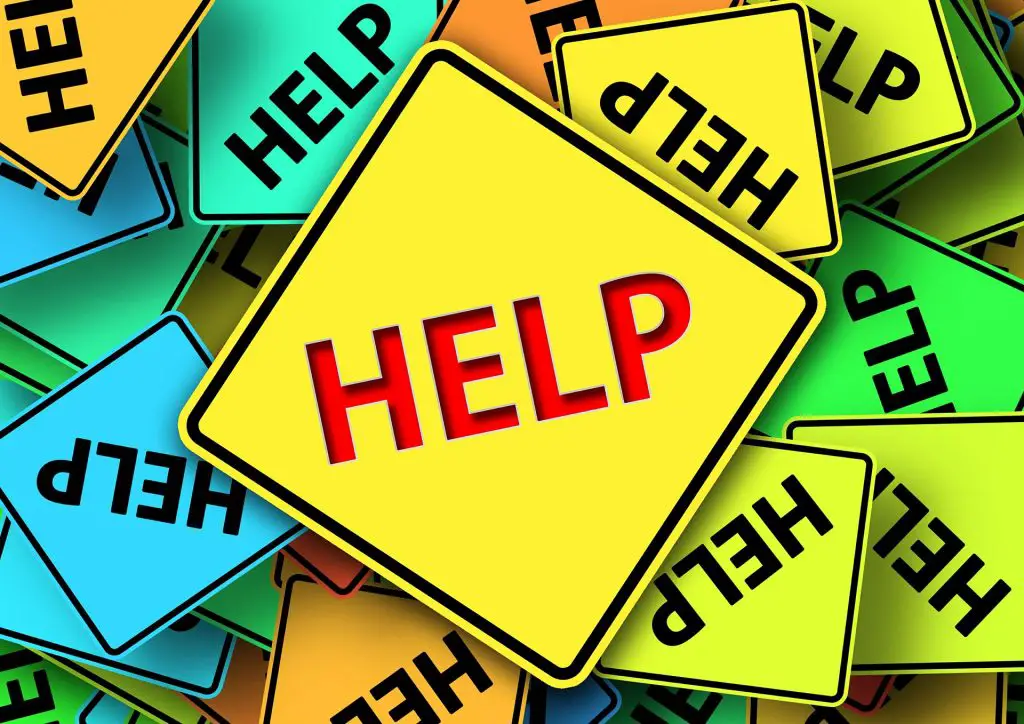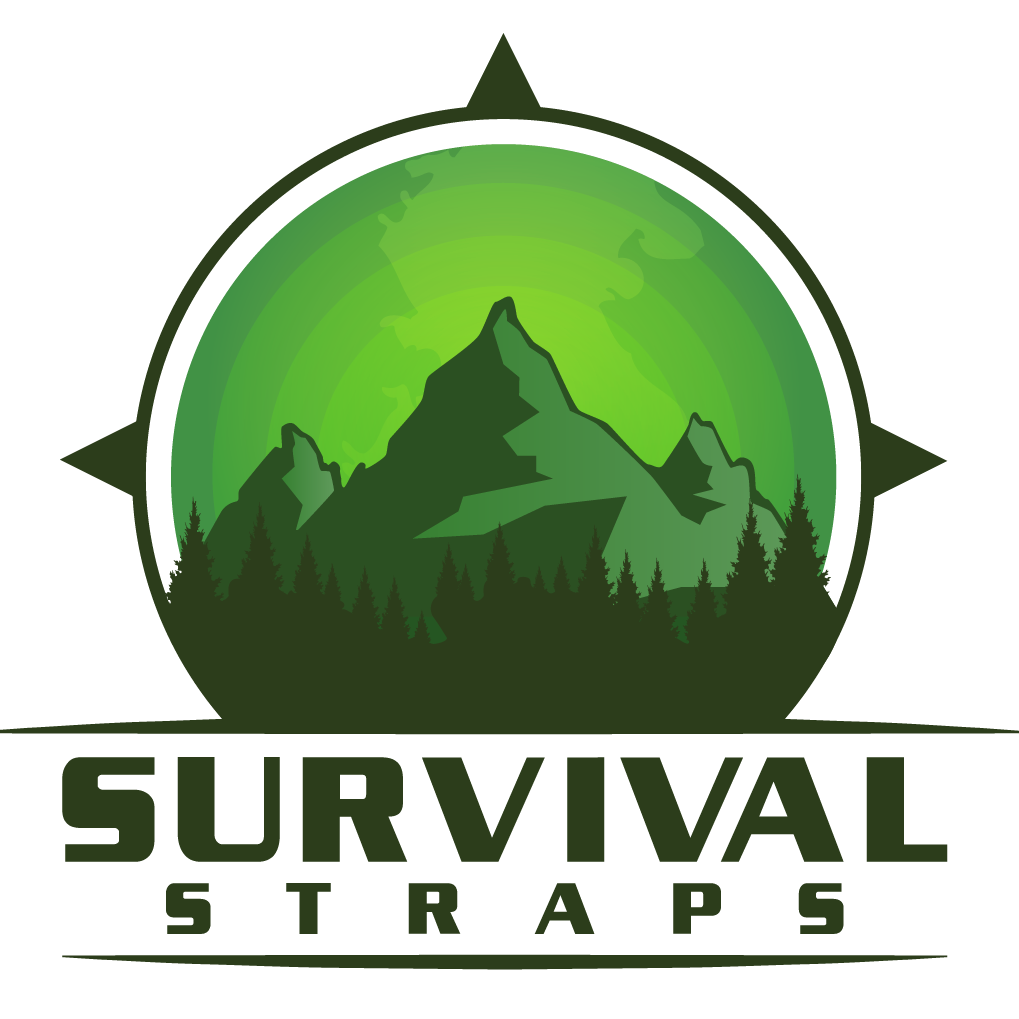When people prepare to go to the wilderness for an adventure, they most certainly have little or no idea of what to expect – it could come good or bad. In cases where everything goes south, you may have to call for help.
Morse codes are one of the things you need in a survival situation.
Learning how to signal an SOS is a great way to get help. It is a recognized distress call that involves a combination of dashes and dots; thus, it is not an acronym.
However, SOS was made to look fancy as “Save Our Souls” or “Save Our Ship” over time.
Before you learn how to make an SOS signal, you should first know the origin, and finally, the different types that are useful and effective.
Origin of SOS
In the late 19th century, radios were effective communicating tools, especially during emergencies. It was often used in the maritime as an alternative to previously-used distress call tools like horns, bells, flags, etc. Unfortunately, different countries had their unique distress call signals, which were not so helpful; hence, introducing a signaling system that would be widely accepted.
In an International Conference in 1906, Berlin – International Wireless Telegraph Convention, there was a proposition of using dots and dashes as a global distress signal by Germany.
After a careful review of Germany’s proposition, knowing that the SOS system wasn’t so difficult, it was accepted; on July 1st, 1908, they began to put it to use.
Different Types of SOS Distress Signals to Use in Survival Scenarios

SOS Orange Smoke
On maritime, the SOS Orange Smoke is the popular distress signal. It involves the release of an orange-colored smoke from a stack; thus, the environment’s high visibility makes it easy to locate where there is a call for help. For survivalists who do not want to jeopardize their safety, getting an orange smoke flare wouldn’t be such a bad idea.
Mirror
If you have seen some movies where someone gets stuck on an island with almost nothing, mirrors are often used for SOS distress signals. Sometimes, it doesn’t have to be a mirror – any shiny object that can reflect sunlight enough to get you the help you need. With the object, you should reflect sunlight towards where you could find help.
Fire
Another effective way of calling for help is by using fire. This SOS signal is most times perfect at night because it makes such a difference in the environment. Even though there are ways of setting up the fire as a signal, it does a great deal of good to get the help you need. By morning, the smoke from the night’s fire should also do something more.
Tapping
Tapping seems like a great way to call for help if there are people around, but you are trapped. For instance, if you are stuck in a container, no one will hear you unless you try out the tapping technique. The morse code involves tapping slowly three times, and then three long and three short taps until you get help. In extreme cases, you must hit the container as hard as you can.
Flashlight
Another incredible way for an SOS signal in survival situations is using Flashlights. It is all about safety here, i.e., identifying a target or calling attention to yourself when lost. If you are doing the former, try out three small flashes, followed by three longer ones, and then three small flashes again. The morse code only works in the dark.
Interested in finding more about survival skills? CLICK HERE
Others
Other types of SOS signals that are suitable for emergencies include:
- Panic Button for medical situations
- Anti-lost locator
- Whistle, etc.
Check out
| Where is David Earl Burgert: Reknown Survivalist Militia Leader |
| What is a 550 Paracord? |
| How to Setup Plate Carrier? |
Conclusion
No matter how much you are confident in yourself, there is a likely chance that you will experience the unforeseen. Now, trying to cope in that situation and getting help is what is important. Popular survivalists have had different experiences in the wilderness, and each time, they often advise learning how to signal an SOS for safety.
Above is a list of ways you could try out, depending on whatever you have on you. As you prepare for your next trip, please shop for a few pieces of equipment that would be suitable for a distress call in such an area.
If you have any queries feel free to reach out in the comments section below.
Find the complete step-by-step survival guides on our website.

